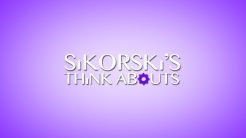Here is #4 of my Call Center Design series . . .
Layout – Common Issues to Avoid
- Insufficient training space, lounge space and conference rooms
- No
- Reference library
- Counseling/Project/Quiet rooms
- Interaction status monitors/reader boards
- Uncoordinated color schemes
- Wrong traffic patterns
- Lounge
- Bathrooms
- Time Clocks
- Storage Area
- HR Area
- Training Area
Layout – Helpful Hints
- 30->45 square feet per agent
- Functions of the agent workflow is the core of the design
- Interview your staff
Acoustics – Common Issues To Avoid
- No panels or they are too high/too low
- Painted walls
- Solid plastic lens covers
- Painted ceiling tiles
- No trees or plants
- Pictures with glass
Acoustics – Helpful Hints
- Install white/pink noise
- Ceiling tile Noise Reduction Coefficient
- .9 Open Space
- .5 Closed Office
- Ceiling Height minimum 9’
Next blog will be about Climate, Lighting and Furniture.
This week’s discussion with your employees –What do you like best/least about our office design?
Thank you for reading and sharing!
Warmest regards,
Laura Sikorski – Independent Call Center Consultant
WebTV Show Video Archives http://thedailyblu.com/video/video/search?q=sikorski%27s+think+abouts


















